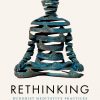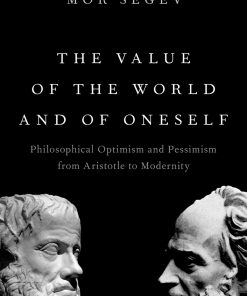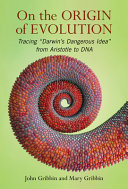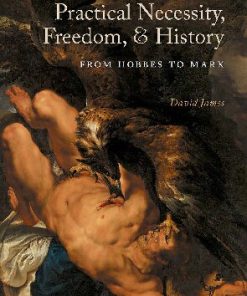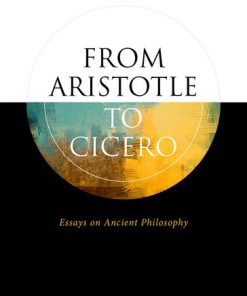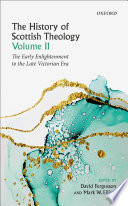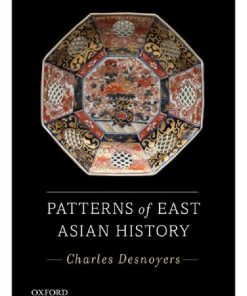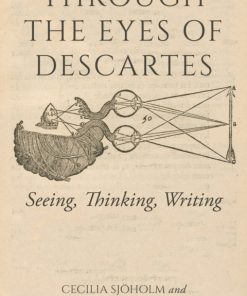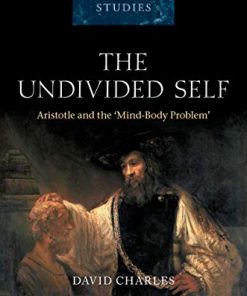The History of Hylomorphism From Aristotle to Descartes 1st Edition by David Charles 0192652324 9780192652324
$50.00 Original price was: $50.00.$25.00Current price is: $25.00.
The History of Hylomorphism: From Aristotle to Descartes 1st Edition by David Charles – Ebook PDF Instant Download/DeliveryISBN: 0192652324, 9780192652324
Full download The History of Hylomorphism: From Aristotle to Descartes 1st Edition after payment.
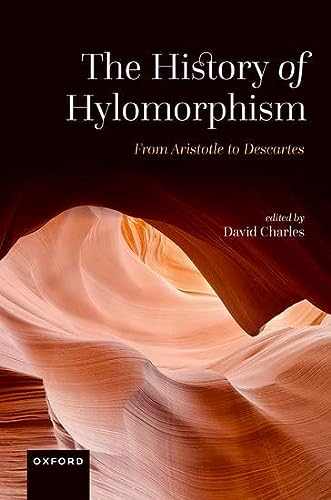
Product details:
ISBN-10 : 0192652324
ISBN-13 : 9780192652324
Author: David Charles
Although Aristotle was not the first to understand objects in terms of their matter and their form, the account he developed has exercised a major influence on Western philosophy to this day. The History of Hylomorphism: From Aristotle to Descartes collects sixteen essays by experts that consider aspects of the first two thousand years of the history of hylomorphism, starting with Aristotle’s immediate successors and ending with Descartes. It includes discussions of Hellenistic, Roman, Arabic, medieval, and early modern philosophers, examining the ways in which Aristotle’s central ideas and concepts were progressively modified by these thinkers. Hylomorphism, as we understand it today, owes much to the way in which it was interpreted, and re-interpreted, during this period. Through a study of their work we can see how questions in contemporary metaphysics and philosophy of mind, such as Descartes’s mind-body problem, came to be formulated.
The History of Hylomorphism: From Aristotle to Descartes 1st Table of contents:
1. The First Steps
2. Aristotle’s Theory: What Is Clear and What Is Unclear
3. Two Difficulties
4. Four Interpretations: The Case of Living Beings
5. Two Challenges: Aristotle and His Successors: a Preliminary Sketch
6. The Next Moves: Aquinas and Suárez—Some of the Christian Medievals
7. Two Challenges Combined: The Emergence of Dualism
8. How Far Have We Travelled? Some General Remarks and a Personal Overview
1. Epicurean Materialism
1. Bodies, Void, and Their Attributes
2. Atoms and Their Role in Explanation
3. Compounds: Assemblages and Complexes
4. The Explanatory Grounds of Permanent Attributes
2. Stoics and Hylomorphism
3. The Octopoid Soul: Stoic Responses to Aristotle’s Soul-Body Hylomorphism
1
2
3
4
5
4. Alexander of Aphrodisias and the Stoics: Blending, Forms, and the Upwards Story
0. Introduction
1. The Stoic Theory of Pneuma-Matter Blending
2. Alexander’s Objections
3. Alexander’s Account of Blending, Hylomorphism, and the Upward Story
4. Concluding Remarks
5. Galen on the Form and Substance of the Soul
1. The Soul’s Substance
2. The Soul as Form
3. Galenic Powers
4. Unified Natural Bodies
5. Conclusion
6. Alexander of Aphrodisias’ Emergentism: Hylomorphism Perfected
1. Dynamic Materialism
2. Levels Ontology and Ontological Irreducibility
3. Supervenience
4. Emergentism and Explanatory Irreducibility
5. Conclusion
7. Alexander of Aphrodisias on the Ancient Debate on Hylomorphism and the Development of Intellect
1. Mistaken Approaches to Hylomorphism
2. Constructive Approaches to Hylomorphism
3. Towards the De Anima Account of Hylomorphism
4. The Development of Intellect as a Hylomorphic Process
5. Conclusion
8. Plotinus on Hylomorphic Forms
1. Forms and Shapes: 4.7.8
2. Forms as Causes
3. Forms, Logoi, and Qualities
4. Forms and Living Bodies
5. Classifications of Bodies
9. Strengths of Embodiment in Neoplatonism
1. Separation and Embodiment
2. Using the Body Instrument
3. Bodily Organs and Their Conditions
4. To Conclude
10. Philoponus and Alexander in Historical Context on Relations between Matter and Form Inside and Outside Philosophy of Mind
1. Earlier Discussions of the Blend or Harmony of Bodily Ingredients Which Are Soul, or Which Soul or Its Activities Follow
2. Alexander of Aphrodisias, Commentator on and Defender of Aristotle, Prefers Supervening on a Bodily Blend
3. Philoponus’ Adjudication on Following, Supervening, or Resulting from a Blend
11. Hylomorphism in Neoplatonic Commentaries on Aristotle? Perception in Philoponus and Pseudo-Simplicius
1. Introduction
2. The Change in the Sense Organs
3. The Question of Hylomorphism
4. Concluding Remarks
12. Natural, Artificial, and Organic Forms in Avicenna
1. Forms as Causes
2. Forms as Effects
3. Forms and Sustaining Causes
4. Powers and Forms
5. Epilogue
13. Averroes, Intellect, and Liberal Hylomorphism
1. Averroes and Hylomorphism
2. Arguments for Averroes’ View
3. Do We Understand? (Strict Hylomorphism)
4. How Are We United with Separate Intellects? (Liberal Hylomorphism)
5. Objections
6. Conclusion
14. Hoc Aliquid: Aquinas’ Soul Is This Something
1. A Problem in Hylomorphism
2. Aquinas’ Question: A Linguistic Preamble
3. Four Reasons to Suppose Not
4. Two Ways to Be Hoc Aliquid
5. Concluding Considerations
15. Suárez’ Compositional Account of Substance
1. Introduction: Two Puzzling Theses
2. Matter and Form as Things
3. Thin and Thick Substances
4. Conclusion
16. Descartes’ Mind-Body Holism and the Primacy of Experience
0. Introduction
1. Form, Matter, and the Inseparability of Soul and Body in Aristotelian Hylomorphism
2. Cartesian Dualism of Mind and Matter
3. The Human Body as a Machine and Its Union with the Rational Mind
4. The Metaphysics of Mind-Body Unions
5. Substantial Forms and the Union that Needs No Explanation: The Correspondence with Regius
6. From Metaphysics to Phenomenology: Taking the Mind-Body Experience Seriously
7. Action and Passion Identity
People also search for The History of Hylomorphism: From Aristotle to Descartes 1st:
history of hylomorphism
hylomorphism
hylomorphism definition
history of dipo
history of assakio
Tags: The History, Hylomorphism, Aristotle, Descartes, David Charles
You may also like…
Politics & Philosophy - Philosophical Positions & Movements
Politics & Philosophy - General & Miscellaneous Philosophy
Biology and other natural sciences - Genetics
Politics & Philosophy - Anthropology
Politics & Philosophy - Ancient & Medieval Philosophy
From Aristotle to Cicero: Essays in Ancient Philosophy 1st edition Gisela Striker
History - World History
Politics & Philosophy - Anthropology
Patterns of East Asian History 1st Edition by Charles Desnoyers 0199946488 9780199946488
Politics & Philosophy - European & American Philosophy
Politics & Philosophy - Anthropology



